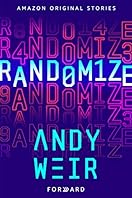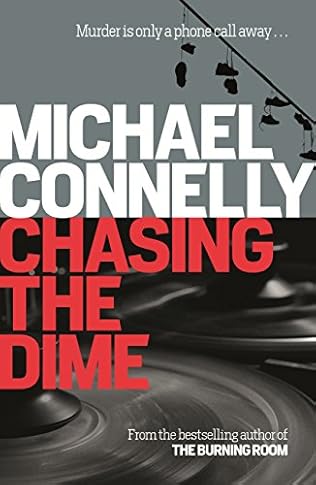
non-fiction book
published 1983
Buy from
As an Amazon Associate we earn from qualifying purchases
The author and scientist clearly explains the fundamental facts about computers, providing a comprehensive guide for the layman who needs to know about and wants to enjoy the home computer revolution.
The book was intended to introduce the idea of personal computers to a reader who might be faced with them at work or at home for the first time. It defined basic jargon and assured readers that they could master the machine when it inevitably arrived.
Electronic Life is written as a glossary, with entries like “Afraid of Computers (everybody is)”, “Buying a Computer”, and “Computer Crime”. Entries consist mainly of Crichton’s musings on these topics, and few of the entries reflect any research. The computer crime entry, for example, is three pages long and contains only four hard facts—specifically, that institutions were then losing $5 billion to $30 billion a year on computer crime, that Citibank processed $30 billion a day in customer transactions using computers, that American banks as a whole were moving $400 billion a year in the U.S., and that the Stanford public key code (not otherwise described) had been broken in 1982. No examples of computer crime are given, though by 1983 such accounts were appearing in the mainstream press, and dedicated books on the topic had been around for at least a decade.








Leave a Reply